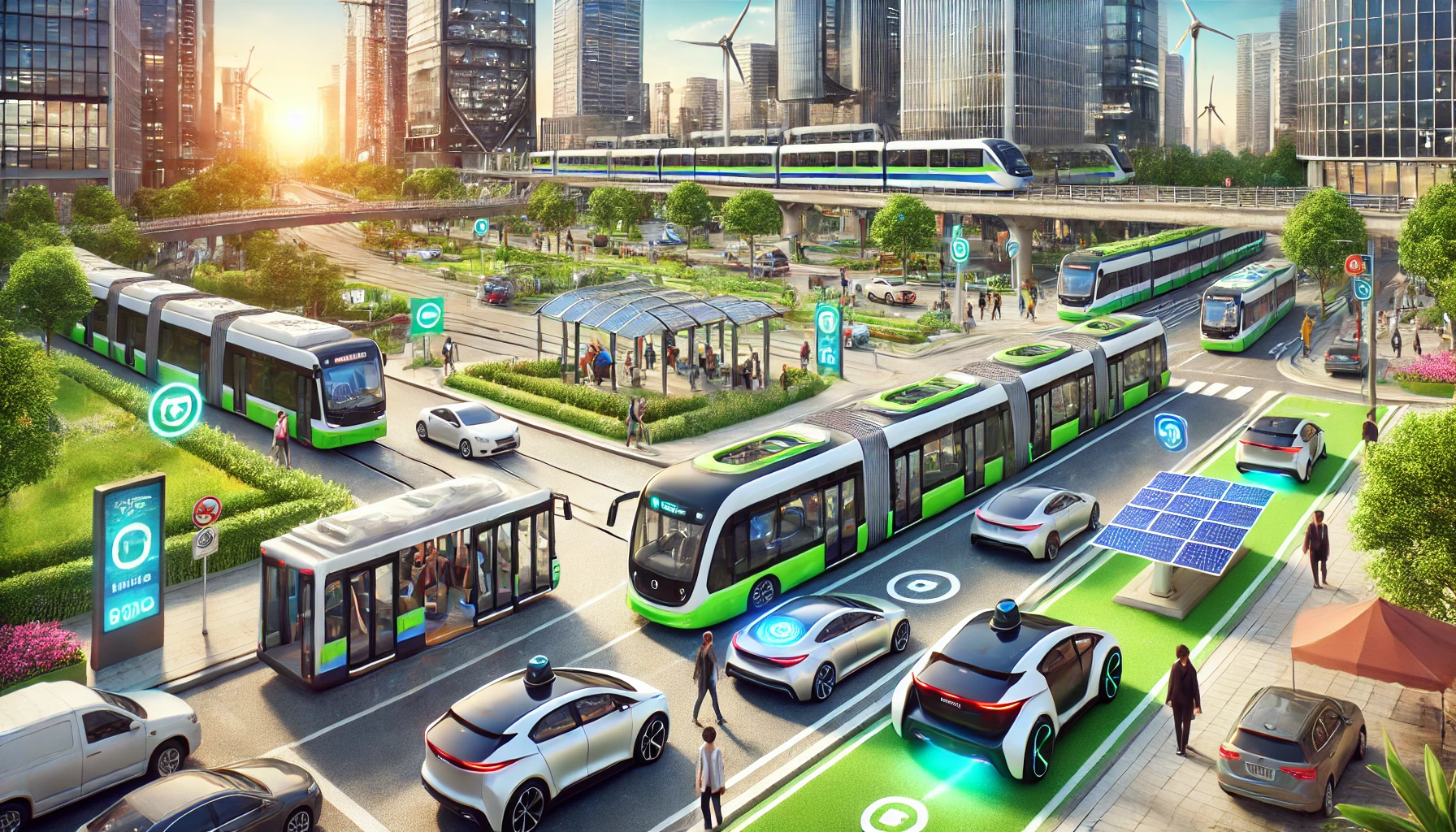Public Transit in the Age of Autonomous and Electric Vehicles: Adapt or Become Obsolete?

The Rise of Autonomous and Electric Vehicles: A Threat or Opportunity?
The buzz around autonomous and electric vehicles is louder than ever. From sleek electric Teslas zooming down the highways to self-driving cars that look straight out of a sci-fi movie, the transportation world is on the brink of a revolution. But where does that leave public transit? If you've been thinking that buses, subways, and trains will simply continue their business as usual, think again. In the age of autonomous and electric vehicles, public transit systems face a critical question: Should they adapt, or risk becoming irrelevant? It's no secret that personal mobility options are getting more affordable and convenient. So, how can public transit survive when people can hop into their electric cars and let a robot chauffeur them to work?
Public Transit: Evolve or Perish?
Public transportation has always had one big thing going for it: moving masses of people efficiently. But with autonomous vehicles offering personalized routes and electric cars slashing fuel costs, public transit could soon find itself in the hot seat. Sure, buses and trains are great for moving large groups, but let’s be real—who wants to wait at a bus stop when you could summon an autonomous vehicle (AV) with the tap of a finger? The rise of car-sharing services and electric vehicle (EV) options is throwing a wrench in traditional transit models. To compete, public transit systems will need to innovate, integrate, and probably take a long, hard look in the mirror.
How Can Public Transit Innovate? The Case for Integration
So, how can public transit stay relevant in this fast-changing landscape? One word: integration. Forward-thinking cities are already experimenting with blending public transit with autonomous and electric vehicle technology. Imagine this: You take a subway to the city center, then hop into a shared autonomous car to reach your final destination. No more missing your stop or scrambling for an Uber. It’s about creating a seamless transit experience, where AVs act as a complement to traditional public transportation. Electric buses are another innovation that’s gaining traction. They’re quieter, cleaner, and cheaper to run than their gas-guzzling counterparts. Transit systems that embrace this shift can both reduce costs and boost their green credentials. Public transit has the unique ability to become a key player in reducing carbon emissions, but only if it integrates with the emerging technologies that are driving personal mobility.
The Power of Autonomous Fleets in Public Transit
What if, instead of seeing autonomous vehicles as competition, public transit systems started using them? Some cities are already trialing autonomous buses. Imagine no more grumpy drivers or unpredictable delays; just a smooth, efficient ride every time. Autonomous buses could follow optimized routes, respond dynamically to traffic conditions, and even provide 24/7 service. No more standing in the rain at 3 a.m. waiting for the night bus! The combination of electric and autonomous tech could be the superhero cape public transit needs to stay relevant.
Can Public Transit Compete with Personal Electric Vehicles?
As electric vehicles (EVs) become more affordable, public transit systems face another challenge: Why would anyone take the bus when they can cruise around in their own eco-friendly car? While EVs are great for reducing individual carbon footprints, they don't solve problems like traffic congestion or parking. Public transit, on the other hand, excels at keeping large numbers of people moving efficiently. The future might involve a balance where public transit becomes the go-to option for long commutes and urban mobility, while EVs and autonomous cars are reserved for personal, shorter trips. But let’s face it: if public transit doesn’t step up its game, it could soon lose its appeal entirely.
The Real Question: Will Public Transit Be Left Behind?
Here’s the million-dollar question: Will public transit adapt fast enough to stay relevant in the age of autonomous and electric vehicles? The truth is, it’s a race against time. As personal transportation options become cheaper and more accessible, people may abandon public transit altogether. But it doesn’t have to be that way. If cities invest in smarter infrastructure, prioritize seamless integration between public and personal transportation, and make eco-friendly innovations like electric buses the norm, public transit could thrive. The key lies in rethinking what public transit looks like and how it functions in this new era. It's not just about moving people; it's about doing it in a way that’s smarter, faster, and greener.
What’s Next? Your Thoughts
As autonomous and electric vehicles continue to evolve, public transit faces some serious challenges. Will these systems adapt to the new normal, or will they become relics of a bygone era? The future of transportation may depend on how well public transit can innovate and integrate with new technologies. So, what do you think? Will public transit rise to the challenge or fade into obsolescence?



